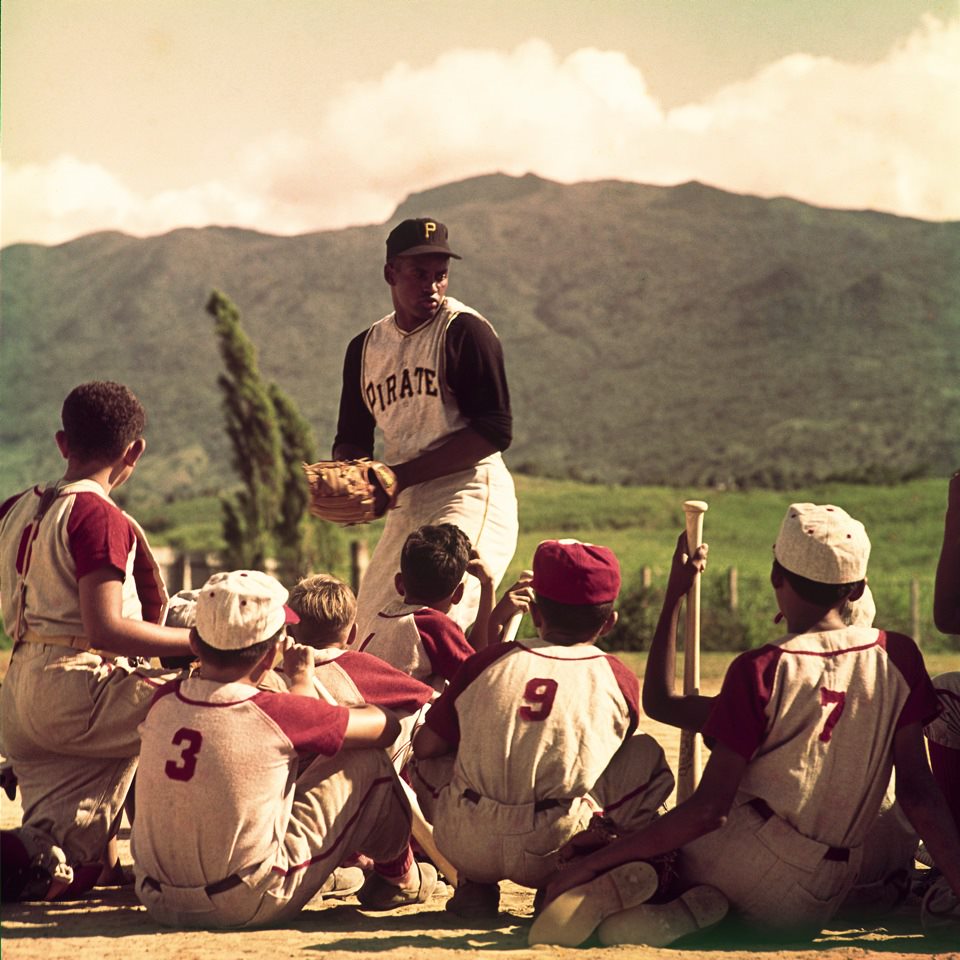- A Big Presence..puerto Rican Genealogy Sites
- A Big Presence..puerto Rican Genealogy Records
- A Big Presence..puerto Rican Genealogy Society
- A Big Presence..puerto Rican Genealogy Ancestry
|
A Big Presence..puerto Rican Genealogy Sites
Your Puerto Rican ancestors are probably listed on the U.S. Residents of Puerto Rico have been counted in the following Federal Census years: 1910, 1920, 1930, 1940, and 1950–present. There are a few things to remember: first, Puerto Rico's Census records are in Spanish! The Puerto Rico Genealogy Guide provides some helpful translations. Puerto Rico is currently under a state of panic, and many are unsure whether to continue celebrating holiday traditions such as “Las Fiestas de la Calle San Sebastian.” The people from Puerto Rico feel that this is a time to show respect to the ones who suffered from the damages of the earthquake, not a time to party. DNA, Genetic Genealogy, Genealogy, Autosomal DNA. The Shared cM Project (ScP) is a collaborative data collection and analysis project created to understand the ranges of shared cM associated with various known relationships. Puerto Rican Genealogy Northwest PRGENEALOGY-NW@groups.io This forum is dedicated to researching and facilitating the exchange of information among those investigating ancestors from predominately, but not exclusively, Northwest Puerto Rico.
Doña Estela Cifre de Loubriel
A Big Presence..puerto Rican Genealogy Records

A Big Presence..puerto Rican Genealogy Society
18 May 1908 - 12 December 1998
A Big Presence..puerto Rican Genealogy Ancestry
The First Lady of Puerto Rican Genealogy
Was born in the town of Sabana Grande, Puerto Rico daughter of Antonio Cifre Alberti, a native of Mallorca, Spain and of Amanda Amill Negroni, a native of Yauco. Doña Estela Received her B.A. from the University of Puerto Rico in 1944; a Masters Degree in Political Science with a concentration in History from Columbia University in 1950, and a Doctorate n Philosophy from the University of Madrid in 1958. As a professor in the History Department at the University of Puerto Rico she taught that subject to literally thousands of students over the span of her long career. Additionally, she wrote several seminal books on the genealogy of the people from several of the various provinces of Spain that imigrated to Puerto Rico. These books include: ·La Formación del Pueblo Puertorriqueño - La Contribución de los Gallegos, Asturianos y Santanderinos. ·La formación del pueblo puertorriqueño, La contribución ·Catalogo de extranjeros residentes en Puerto Rico en ·La formación del pueblo puertorriqueño: La contribución de los Isleño-Canarios These books and others were based on primary sources obtained from the major civil, military and ecclisiastical archives and libraies of Spain,the United States, Puerto Rico and several other Latin American nations. She retired from he profesorial duties at the University of Puerto Rico but continued to write until a few weeks before her death it is hoped that her last book on the contributions of the Andaluces will appear in print at some time in the near future.
|
Search / Buscar
